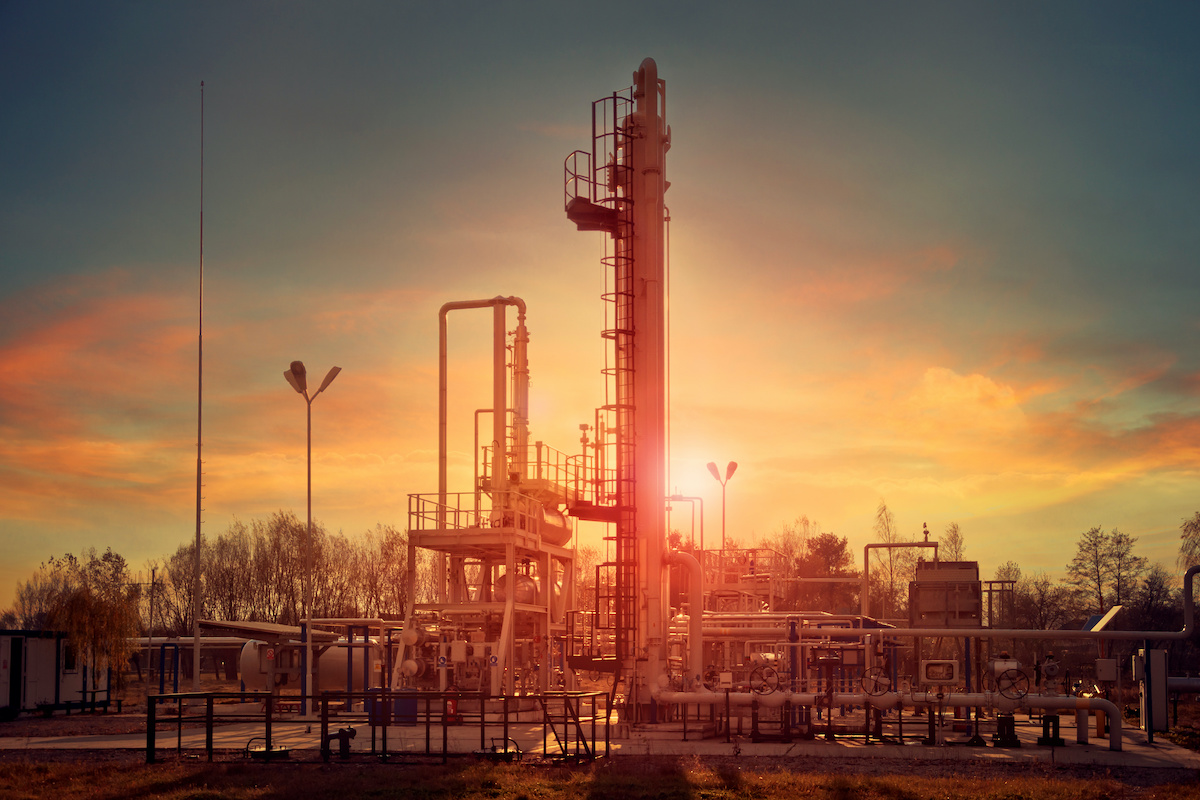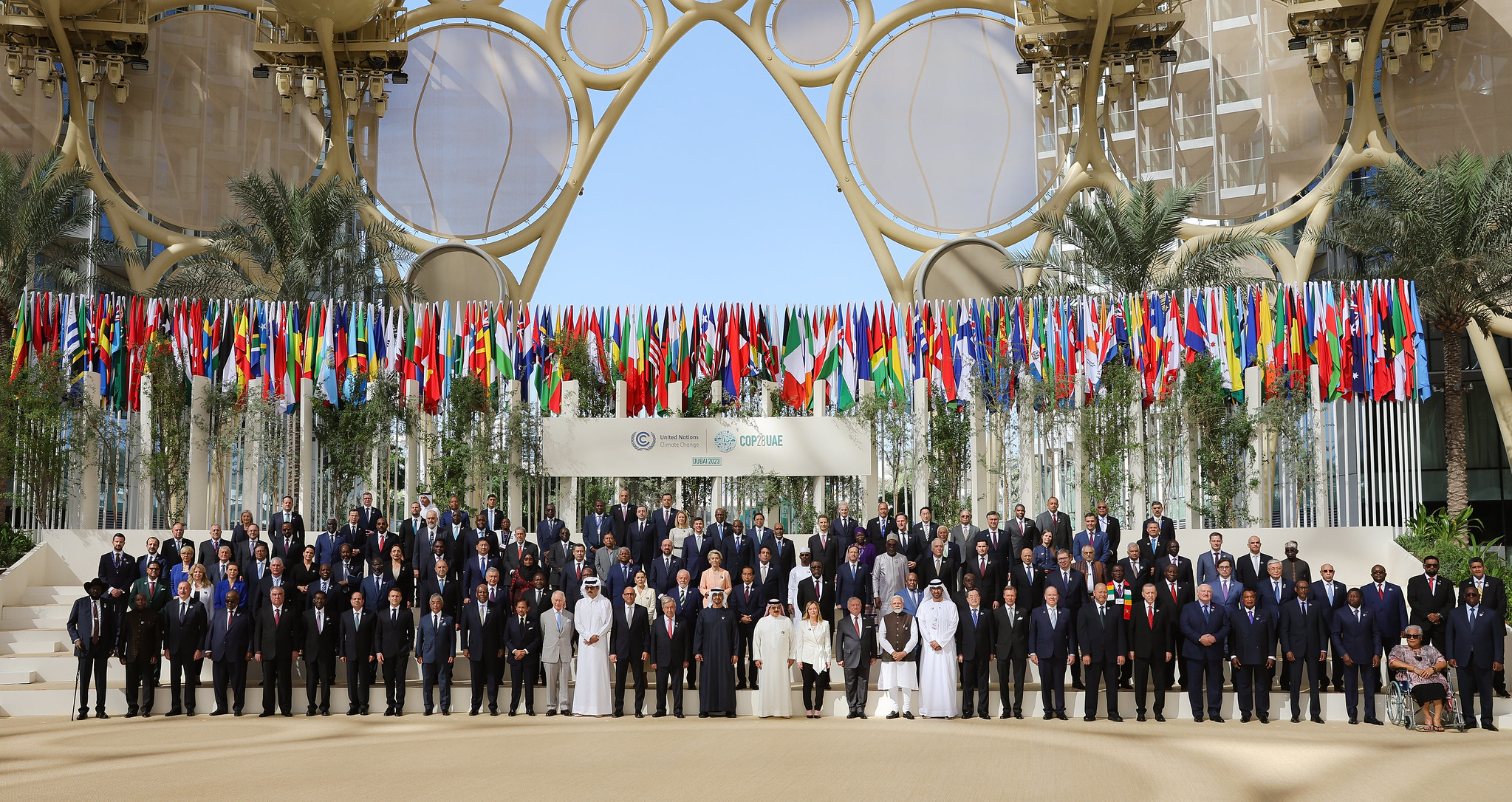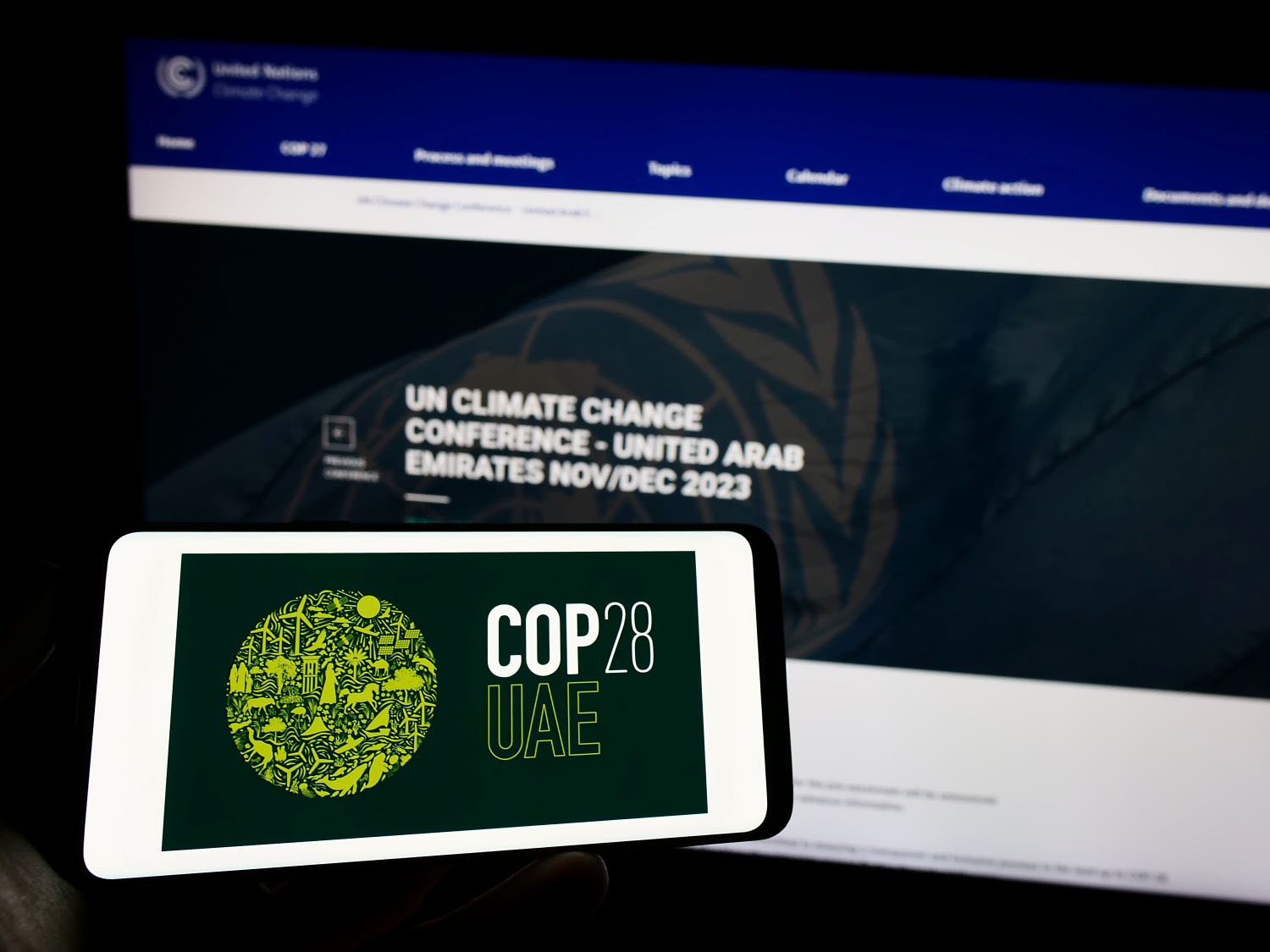Recommended
The debate over whether development finance should be allowed for downstream gas projects appears to be settling toward a compromise that makes such investments rare but not impossible. Emblematic of the donor approach is the recent US Treasury fossil fuel finance guidance for multilateral development banks which advises no coal, no upstream oil or gas, and only support for downstream gas in IDA-eligible (i.e., poor and capital-constrained) countries, where the projects have substantial development benefits, and where no ‘credible alternative’ exists. The US Development Finance Corporation (DFC) announced a similar approach, allowing a limited number of gas projects but only in poor countries with a big positive impact (and only for eight more years).
So we’re likely headed to a near-term world where poor countries can get help building an occasional gas-fired power plant if they really need it, but only under a narrow set of circumstances and after jumping through a lot of extra hoops. This approach allows donor officials to show their shareholders and climate advocates that they are moving sharply away from any fossil fuel while also telling Asian and African leaders—such as Nigeria’s Vice President—that there’s ‘no ban’ and they are remaining flexible and responsive to their needs. On paper, this seems like a defensible balance between development needs and climate concerns.
But will it be so in practice? Lessons from a previous (eerily similar) compromise suggest that any flexibility is probably fleeting. My colleague at the Energy for Growth Hub Katie Auth applauded the US Treasury guidance as balanced and nuanced but asked six hard questions about implementation. I agree with all her points. Yet I’m especially worried about two quiet ways that the stated flexibility on paper will become a ban in practice:
-
Ban by red tape. Development finance agencies are already notoriously slow and bureaucratic. Assessments of environmental impact, development impact, commercial viability, and now ‘credible alternatives analysis’ are all supposed to help vet and identify the most appropriate projects. But multiple layers of lengthy review can also be used to deliberately stall or kill projects. Create enough friction in the process and a good project can eventually be made unfeasible. Worse, this can work silently if it’s preemptive: If a project developer foresees five, ten, or even more years of paperwork headaches and protracted legal battles, they likely won’t even try. Such projects die before they even get started, much less in a battle at the board.
-
Ban by disincentives. Regardless of a policy on paper, internal staff incentives may matter even more. Project initiation at the World Bank is a group effort, so infrastructure teams could struggle to find allies. And if it becomes clear—from agency management or a powerful board member—that working on a disfavored project will affect future promotions, few will take that risk. Some of the World Bank’s most influential shareholders have already been proposing a zero tolerance for fossil fuels of any kind starting in 2025. Who would start working on a big multi-year project whose technology is about to be entirely banned? The same dynamic applies to the US government: if the White House is making bold climate pledges in public, what rational DFC investment officer would bother to spend their blood and sweat on a gas-to-power project, no matter the development benefits?
If you think my concerns are overblown, we’ve seen this happen already. Upfront, let me clarify that I do not support development finance for new coal. But I do believe that coal’s recent history with these same institutions suggests what’s to come with the supposed compromise on gas.
Here’s what happened: Under growing pressure from shareholders to respond to climate, the World Bank began reducing its investments in coal-fired power. In 2010, the Bank established criteria for screening coal projects to balance development and climate concerns. A 2013 Energy Directions paper confirmed the criteria and the approach:
The [World Bank Group] will provide financial support for greenfield coal power generation projects only in rare circumstances. Considerations such as meeting basic energy needs in countries with no feasible alternatives to coal and a lack of financing for coal power would define such rare cases.
Two top Obama Treasury officials, Billy Pizer and Scott Morris, explained the logic in a 2013 essay, “Thinking Through When the World Bank Should Fund Coal Projects.” Pizer and Morris argued that such investments should be limited to IDA-eligible countries and where “no economically comparable alternatives exist.” Their conclusion:
A carefully crafted approach to coal finance will ensure that the World Bank’s engagement is very limited but available when necessary. If both sides can accept this approach, then the bank will be well positioned to move aggressively on development and climate. [their emphasis]
If this strategy sounds familiar, it should; it’s almost exactly the same position being taken on downstream gas today. So what was the outcome of the great coal policy compromise? Since the 2010 establishment of the criteria, the Bank supported exactly zero coal projects.
The very last one was emergency finance in 2010 to South Africa’s Medupi, a troubled project in a non-IDA country that was driven by exceptional circumstances stemming from the global financial crisis.
More telling is the experience of Kosovo, an IDA-eligible country, one of Europe’s poorest, which approached the World Bank in 2006 for support for one medium-sized coal-fired power station to meet its energy needs. At the time, Kosovo was still recovering from civil war, it had only two power plants for the whole country, and its GDP per capita was only about $2,200. The first analysis of the project determined that Kosovo met the criteria for help. For the next twelve years, the country went through multiple rounds of review and re-review, some highly opaque, with the Bank finally pulling the plug in 2018 in a splashy announcement by the Bank president. Today, 15 years after first asking for help to expand its power sector, Kosovo still has only those same two (even more antiquated) power plants and severe energy shortages. The lesson: A flexible policy is probably not flexible if not a single project can ever get through.
I’m already hearing anecdotes from power developers that they’ve been told not to bother bringing new gas projects to DFC because “the White House won’t like it.” The World Bank is also likely to be extremely selective in approving any new gas projects, whatever the official policy says. Leaders of countries counting on their international partners for investment in gas-to-power as part of their own energy transition should be watching closely.
Disclaimer
CGD blog posts reflect the views of the authors, drawing on prior research and experience in their areas of expertise. CGD is a nonpartisan, independent organization and does not take institutional positions.







